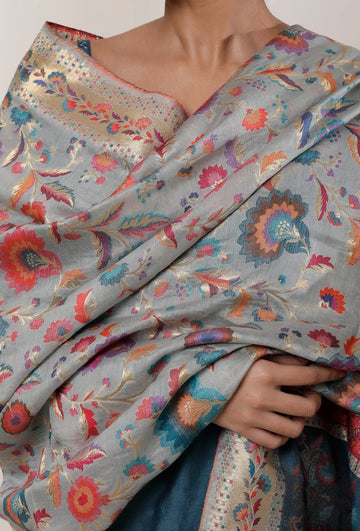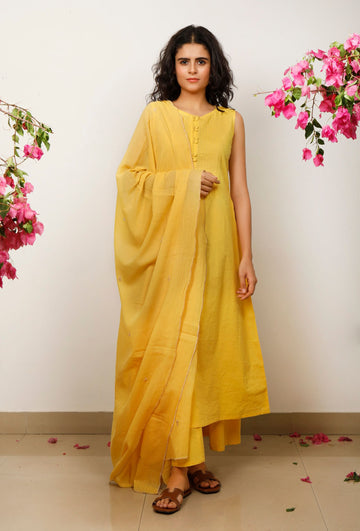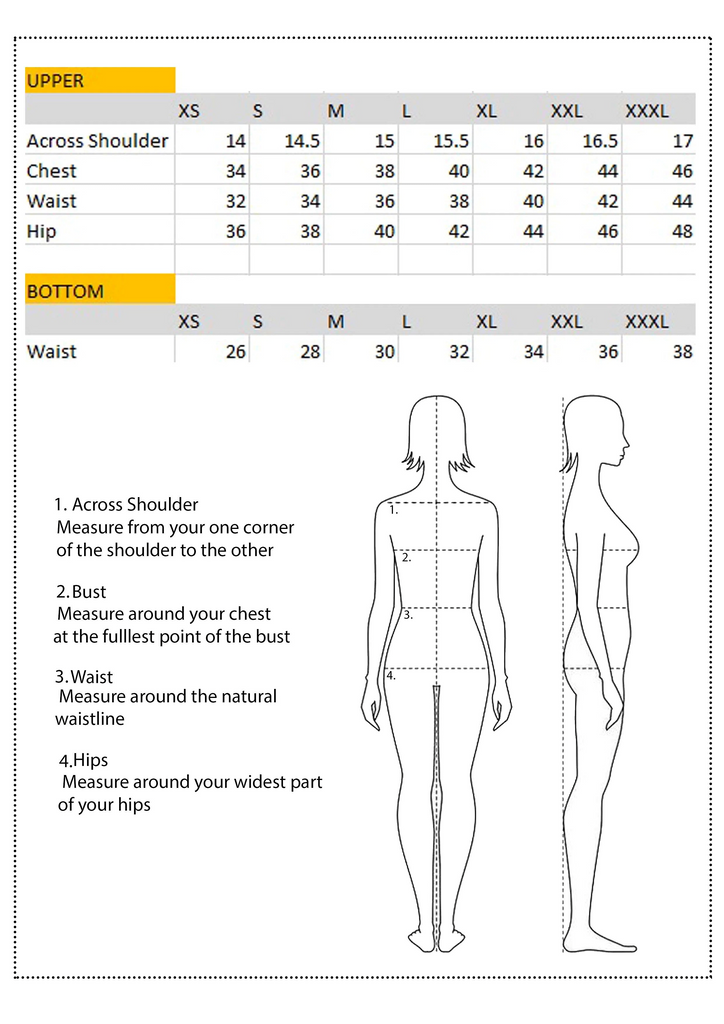The Ultimate Cotton Dupatta Care Guide 2024
Ethnic fashion is all about kurtas, sarees, suits, and lehengas. All of these outfits style gorgeous dupattas with several styles and designs. These dupattas come in several fabrics, the most popular of them being cotton. Cotton dupattas reign supreme when it comes to styling and customizations. However, they are also really fragile and need good maintenance and care. Since a dupatta is a staple garment that goes with all ethnic outfits, we have some tips and tricks for you to maintain these pieces.
Whether it's a vibrant splash of color or a subtle compliment to your ensemble, a well-maintained cotton printed dupatta can elevate your entire look. If you are looking for great cotton dupattas, then you must check out Tjori. You will surely find the best-looking dupattas for you that need minimal maintenance.
In this blog, we will now reveal some tips that will make your dupattas shine for years to come.
Cotton Dupattas Evolution
Over time, the cotton dupatta has undergone a remarkable transformation. It has evolved from a purely practical fabric to a fashion accessory that complements a woman's overall attire. Incorporating unique embellishments, embroideries, fabrics, and weaves has made dupatta a staple. Traditionally, the dupatta was paired with ethnic ensembles like salwar kameez. It has now found its place in the realm of everyday fashion. With the right cotton printed dupatta, you can effortlessly create a fresh and unique style statement every day.
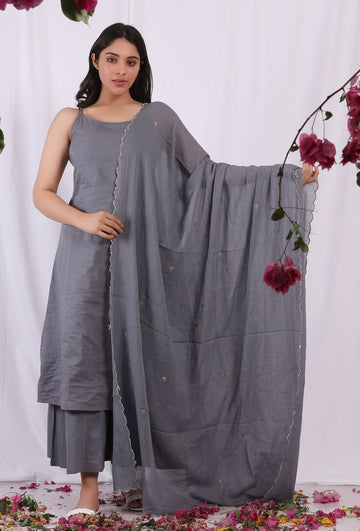
Cotton and linen are versatile fabrics suitable for year-round wear due to their breathability. They are relaxing which makes them ideal for India's hot summer. Cotton and linen dupattas are well-suited for both casual and office wear. If you're planning to attend an art concert or an exhibition, consider buying Tjori’s cotton printed dupattas.
Pair them with a subtle kurta and cropped pants. They will add an artistic flair to your ensemble.
How to Take Care of Cotton Printed Dupattas?
Pure cotton is easy to care for and can withstand regular washing. Some dupattas may feature a blend of cotton with other materials like silk or synthetic fibers. These blends can offer unique textures and sheens. It's essential to check the care label or consult the seller to understand the specific blend and care recommendations.
Block printing is a traditional technique used to create intricate patterns on cotton fabric, which you can find at Tjori. Dupattas with block prints should be washed delicately to prevent fading or bleeding of colors. Special care is needed to protect the embroidery threads from damage during washing. There are several tie-dye dupattas as well that need extensive care. Knowing the type of cotton printed dupattas will help you choose the appropriate cleaning method and care routine.
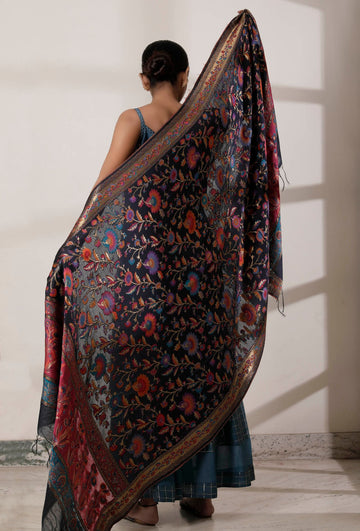
Cotton Dupattas Washing and Stain Removal Tips
Proper washing and care not only keeps your dupatta clean but also preserves its luster.
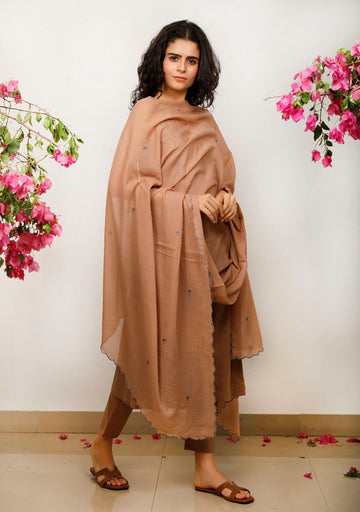
Washing Cotton Dupattas
- Prepare a bucket filled with water and add approximately 3-4 tablespoons of regular table salt to it. Stir the mixture thoroughly, and then immerse the fabric (2-3 yards in length) into this solution for 2-3 hours. Rinse the fabric a couple of times to eliminate any residual salty water.
- After rinsing the fabric to remove the salt water, you can proceed to wash it using the standard machine wash settings suitable for cotton fabrics. It's advisable to avoid using the dryer regularly as the hot air can potentially damage the fabric's threads.
- When it comes to ironing, it's recommended to iron the fabric on the reverse side for the initial ironing session. This will help ensure that the fabric is ready for use.
- For exceptionally thin, cotton fabrics like muslin, a gentler approach is recommended. It's better to hand wash these fabrics using a mild detergent to preserve their delicate fabric
Washing Printed Cotton Dupattas
To keep their colors vivid and patterns intact, follow these steps for washing a printed cotton dupatta:
- Separate your cotton printed dupatta by color to prevent the risk of color bleeding or fading.
- Turn your dupattas inside out to preserve the printed side's vibrancy.
- Set your washing machine to the cold water cycle to prevent color bleeding of the prints
- Choose a mild detergent suitable for delicate fabrics.
- Place the dupattas in a pillowcase or a laundry bag to avoid abrasions.
- Do not use fabric softeners that may impact the colors and prints and use gentle cycles for washing.

To remove stubborn stains from your cotton dupattas, apply a small amount of stain remover. It should be specifically designed for colored fabrics on the stained area. Blot the stained area gently with a clean cloth or paper towel. Avoid rubbing it as it may damage the print.
Drying and Ironing Tips
Once you are done washing, you should try to dry and iron these dupattas carefully.
- After washing, gently squeeze out excess water from your dupatta. Avoid twisting it altogether.
- Choose a well-ventilated area for air drying like hangers or clotheslines. If you can, dry them away from harsh sunlight and in shades.
- Ensure that your cotton printed dupatta is laid out or hung in a way that prevents excessive stretching.
- Smooth out any wrinkles or folds on the dupatta using your hands.
- Before ironing, ensure that your dupatta is completely dry
- Set your iron to the appropriate temperature for cotton fabrics.
- Iron the dupatta inside out to protect the printed or embellished side
- Glide the iron smoothly over the fabric, applying even pressure.
- Pay special attention to any edges, hems, or embroidered areas to ensure they lie flat and neat.
Storage Tips for Cotton Dupattas
Once you have followed all the steps above, it is time to finally store the dupattas for further use. Start by gently folding your cotton dupattas along their natural creases. Do not fold your dupattas tightly. While hanging, allow sufficient space between hanging dupattas to prevent overcrowding. Choose a storage area away from direct sunlight and extreme heat. You can also use pest-resistant sprays to keep pests at bay.
Conclusion
Caring for your cotton dupatta is a simple yet vital endeavor to ensure their longevity. Understanding the fabric, gentle washing, proper drying, and mindful storage are all crucial steps. Our expert maintenance tips and tricks are all you need to do that. Cherish these in your wardrobe and enhance your ethnic ensembles with grace and elegance. If you are looking for gorgeous dupattas, shop our collection at Tjori.
Frequently Asked Questions (FAQs)
How should I wash my cotton dupatta to keep it in good condition?
You can generally hand wash or machine wash your cotton dupatta using cold or lukewarm water. Use a mild detergent and avoid harsh chemicals. Always check the care label for specific instructions.
Can I machine-dry my cotton dupatta?
It's best to air dry your cotton printed dupatta to prevent shrinkage and maintain its color vibrancy. If using a dryer, select a low-heat or air-dry setting to avoid damaging the fabric. Machine drying can be harsh sometimes. So, if possible, dry it in a low-sunlight area.
What's the best way to remove stains from a cotton printed dupatta?
For common stains, treat them promptly with a mild stain remover or a mixture of water and vinegar before washing. Avoid scrubbing vigorously to prevent damaging the fabric. Do not use harmful fabric cleaners as well.
Should I iron my cotton printed dupatta, and if so, what temperature should I use?
Cotton dupattas benefit from light ironing to remove wrinkles. Use a medium to high-temperature setting on your iron, but always check the care label for specific ironing instructions, as some cotton blends may require lower heat.

















